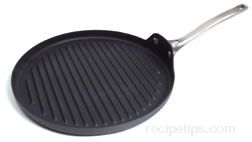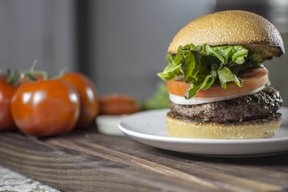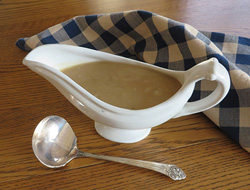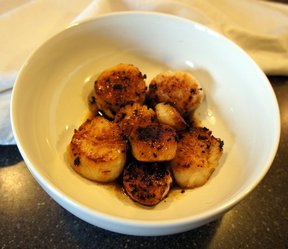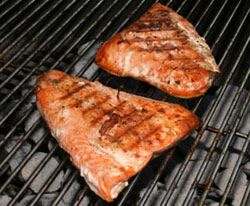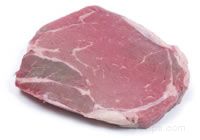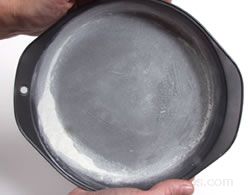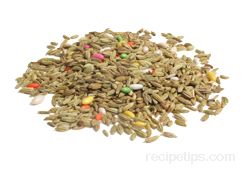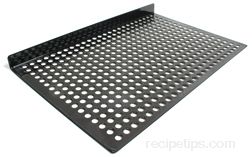There are a variety of different materials (cast iron, cast aluminum, stainless steel, enameled steel) used for making Grill Pans that are produced with both non-stick and traditional surfaces. Cast iron pans are very common and somewhat effective to distribute the heat evenly, however they are heavy and may become excessively hot to handle when placed onto the heat source. Aluminum Grill Pans are lighter in weight and are excellent at conducting heat so it spreads evenly throughout the cooking surface. Since grill pans may be difficult to clean between the ridges, it is suggested that a grill sponge or scrubber be used which is formed with similar patterns to the ridges in the pan so that it fits between and easily cleans the spaced indentations of the pan.
Loading
Stovetop Grill Pan

Read Reviews (2)

Provided By
RecipeTips
RecipeTips
Reviewed By johnmondin
"While I agree with your article, I think there are a lot of better grill pans ... read full review"
"While I agree with your article, I think there are a lot of better grill pans ... read full review"

A piece of cookware, often referred to as a riffle pan, that is used to grill foods in the kitchen using stovetop burners. Typically made as a heavy metal pan containing ridges spaced evenly across the bottom, the Grill Pan is built to closely simulate the grilling process for cooking various foods. A grill pan allows food to be slowly cooked, sealing the juices in meats, poultry, seafood, fish, and vegetables. This type of pan also steam cooks food by allowing moisture to build up in the open spaces between the raised ridges in the pan. The ridges also serve as a rack for allowing the fat contained in some foods to drain away from the food and collect in the spaces between the raised ridges without coming in contact with the food. Grill pans are made with both shallow and deep sides as well as bottoms containing either short or high ridges. Grill pans with short ridges are less suitable for steaming food than deeper ridged pans because there is less space between the ridges for moisture to build up. Similarly, food that had a firm, smoother textured surface cooked better on the ridges than foods with irregular surfaces such as ground meat.
There currently aren't any reviews or comments for this term. Be the first!
Advertisement
Advertisement

